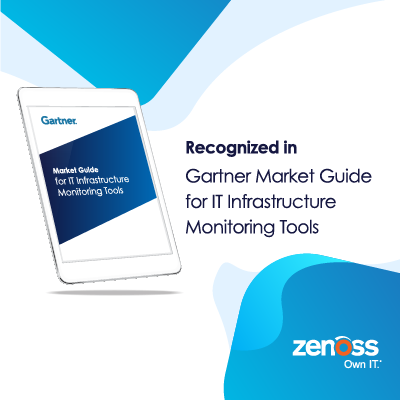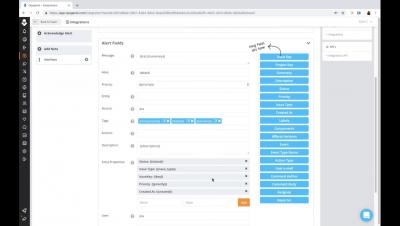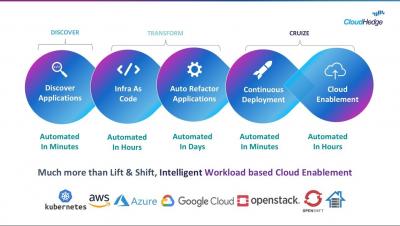Operations | Monitoring | ITSM | DevOps | Cloud
%term
Introduction to Opsgenie-February 13th
Opsgenie + Tools You <3 = Never Missing an Alert Again
Valentine’s Day can be traced back to the 1500s, and while back then it was likely not about candy hearts and chocolates—it has always been about the celebration of beauty, love, and relationships. With today being Valentine’s Day, I thought it’d be a great opportunity to celebrate Opsgenie’s relationships (read: integrations) with more than 200 of your favorite apps and web services.
Why API Monitoring is Crucial to Your Business
In today’s interconnected world, API monitoring is vital. Businesses rely on data in everyday operations, and often rely on Web APIs to send and access data. But if an API is down, slow or not behaving as expected, it can severely impact business operations. Whether you’re an API provider or rely on third-party APIs, continually monitoring your API environment lets you know when there’s a problem.
How Sentry Thrives as an Open Source Software Company
When I tell people that Sentry is open source, they nod, understanding that this is known to be a good, noble thing. Then, they have questions. Many questions. “You mean open core?” they ask. No. Open source. “So you sell professional services?” No. Head scratching, then a pause. “Then… how do you make money?”
What is an SRE?
Many of my fellow engineers ask me what it means to be an SRE (Site Reliability Engineer). When I tell them it’s a type of DevOps engineer, they get a glazed look in their eyes and then ask what a DevOps engineer is. I then find myself googling both job titles and reading twelve very different definitions until I reach the conclusion that these definitions vary wildly from company to company and from team to team.
Meet Sysdig
Going deep on UUIDs and ULIDs
The other day the HB team was chatting and Ben, our dev-ops master, mentioned that he wished he'd used ULIDs instead of UUIDs for a particular system. Like any seasoned engineer, my reaction was to mumble something non-committal then sneak over to Google to try to figure out what the hell a ULID is. Two hours later I emerged with a thousand-yard stare and the realization that the world of unique identifiers is larger and more wondrous than I ever could have imagined.
VSS-Enabled EBS Snapshots
When creating EBS snapshots, it’s important that the snapshots be “consistent”. This means that the data on the snapshot is whole and complete. An EBS snapshot can be considered “inconsistent” if not all data was flushed to the filesystem, and/or if an application running on the EC2 instance was mid-write when the EBS snapshot was initiated.










